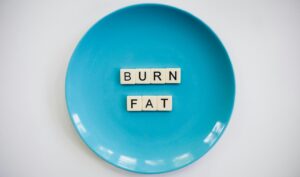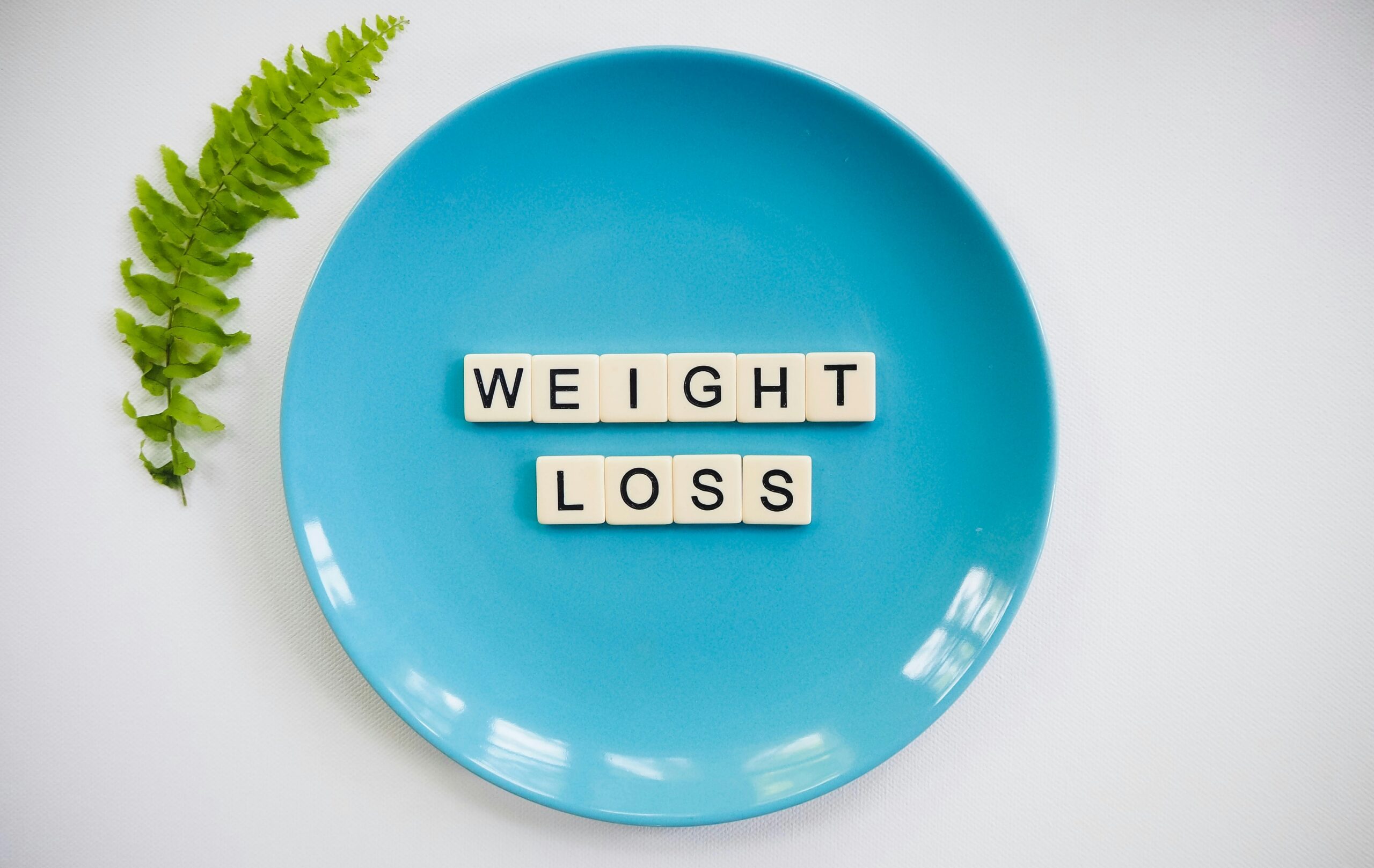Have you ever wondered about the distinction between fat loss and weight loss? While the terms might seem interchangeable, they actually have different meanings. Fat loss refers to specifically reducing the amount of body fat, whereas weight loss encompasses any reduction in overall weight, including water weight and muscle mass. In this article, we will explore the variances between these two goals and why understanding them can be crucial on your fitness journey.

Definition of Fat Loss
Understanding body fat
Fat loss refers to the process of reducing the amount of body fat in your body. Body fat is the layer of adipose tissue that accumulates under the skin and around internal organs, providing insulation and energy storage. It is essential for various bodily functions, but excess body fat can lead to health issues.
Methods for measuring body fat
Various methods can be used to measure body fat percentage. Some common methods include skinfold calipers, bioelectrical impedance analysis (BIA), dual-energy X-ray absorptiometry (DEXA), and underwater weighing. These methods provide estimates of body fat percentage and help gauge the progress of fat loss efforts.
Importance of fat loss
Fat loss is important for maintaining overall health and reducing the risk of chronic diseases. Excess body fat has been linked to conditions such as heart disease, diabetes, and certain types of cancer. By reducing body fat, you can improve your body composition, enhance physical appearance, increase energy levels, boost self-confidence, and promote better overall well-being.
Definition of Weight Loss
Understanding body weight
Weight loss refers to the reduction in total body weight, which includes not only body fat but also other components such as muscle, water, and bone. While fat loss focuses specifically on reducing body fat, weight loss involves a combination of fat, muscle, and water loss.
Methods for measuring body weight
The most common method for measuring body weight is using a scale. However, scales do not differentiate between fat, muscle, and water weight. Other methods such as body mass index (BMI), waist circumference, and body measurements can provide additional information about overall body weight distribution.
Importance of weight loss
Weight loss can have both positive and negative implications for overall health. On one hand, excessive weight can increase the risk of obesity-related diseases and negatively impact physical well-being. On the other hand, losing weight in an unhealthy manner, such as through extreme dieting or rapid weight loss, can have detrimental effects on the body, including muscle loss and nutrient deficiencies.
Types of Fat Loss
Visceral fat loss
Visceral fat is the type of fat that surrounds the organs in the abdominal cavity. Excess visceral fat has been associated with an increased risk of chronic diseases such as cardiovascular disease, type 2 diabetes, and certain cancers. Losing visceral fat is crucial for reducing these risks and improving overall health.
Subcutaneous fat loss
Subcutaneous fat is the fat that is located just beneath the skin. While subcutaneous fat is not as harmful as visceral fat, excessive subcutaneous fat can still impact body composition and overall appearance. Losing subcutaneous fat can help achieve a leaner physique and improve self-confidence.
Types of Weight Loss
Water weight loss
Water weight refers to the temporary weight fluctuations caused by changes in fluid balance within the body. This type of weight loss is commonly seen in situations such as dehydration, excessive sweating, or severe calorie restriction. It is important to note that water weight loss is not sustainable in the long term, and the lost weight is quickly regained once proper hydration is restored.
Muscle loss
Muscle loss, also known as muscle wasting or muscle atrophy, occurs when the body breaks down muscle tissue for energy. This can happen as a result of inadequate calorie intake, insufficient protein intake, and the absence of resistance training. Muscle loss can lead to a decrease in strength, metabolism, and overall physical performance.

Factors Affecting Fat Loss
Diet
Diet plays a crucial role in fat loss. Consuming a diet that is high in whole, nutrient-dense foods while being in a calorie deficit can promote fat loss. Prioritizing lean proteins, fruits, vegetables, whole grains, and healthy fats can provide essential nutrients and support the body’s fat-burning processes.
Exercise
Regular physical activity is essential for fat loss. Engaging in both cardiovascular exercises and strength training can help increase calorie expenditure, improve metabolic rate, and promote lean muscle mass. Combining different forms of exercise, such as high-intensity interval training (HIIT) and resistance training, can yield optimal fat loss results.
Genetics
Genetic factors can influence an individual’s predisposition to store and lose fat. Some people may naturally have a faster metabolism or be more resistant to storing excess fat. While genetics play a role in fat loss, they do not determine a person’s ability to achieve their desired body composition. By following a healthy diet and exercise routine, individuals can still make significant progress in their fat loss journey.
Factors Affecting Weight Loss
Diet
Diet plays a critical role in weight loss as well. To lose weight effectively, it is important to create a calorie deficit by consuming fewer calories than what the body needs for daily functioning. However, it is essential to maintain a balanced and nutritious diet to ensure adequate nutrient intake and overall well-being.
Exercise
Physical activity is crucial for weight loss as it helps increase energy expenditure and create a calorie deficit. Engaging in cardiovascular exercises, such as running or cycling, can burn calories and promote weight loss. Combining cardio exercises with resistance training can also help build muscle, which can further support weight loss efforts by increasing metabolic rate.
Metabolism
Metabolism plays a significant role in weight loss. Metabolic rate refers to the number of calories the body burns at rest. Some individuals may naturally have a faster metabolism, allowing them to burn more calories even at rest. However, factors such as age, body composition, and hormone levels can influence metabolic rate. While it is not possible to change one’s genetics, a healthy lifestyle with proper diet and exercise can help optimize metabolism for effective weight loss.

Health Implications of Fat Loss
Reduced risk of chronic diseases
Fat loss can significantly reduce the risk of chronic diseases such as heart disease, type 2 diabetes, and certain types of cancer. Excess body fat is associated with higher levels of inflammation and an increased likelihood of developing these conditions. By reducing body fat, individuals can improve their overall health and decrease their susceptibility to these diseases.
Improved body composition
Fat loss not only reduces overall body fat percentage, but it also helps improve body composition. By losing fat and maintaining or increasing muscle mass, individuals can achieve a leaner and more toned physique. Increased muscle mass is also associated with higher metabolism, improved insulin sensitivity, and better overall physical performance.
Health Implications of Weight Loss
Weight loss can significantly reduce the risk of obesity-related diseases such as heart disease, high blood pressure, type 2 diabetes, and joint problems. Excessive weight puts added stress on the body, leading to increased inflammation and a higher likelihood of developing these conditions. By achieving and maintaining a healthy weight, individuals can improve their overall health and well-being.
Improved overall health
Weight loss can lead to improvements in various aspects of overall health. Losing weight can increase energy levels, improve sleep quality, enhance mobility and joint function, and boost self-esteem and mental well-being. By adopting a healthy lifestyle that includes regular physical activity and a balanced diet, individuals can experience significant improvements in their overall health and quality of life.
Approaches for Fat Loss
Caloric deficit
Creating a caloric deficit is essential for fat loss. This can be achieved by consuming fewer calories than the body needs for daily functioning. However, it is important to create a moderate deficit to avoid excessive muscle loss or nutrient deficiencies. Consulting with a healthcare professional or registered dietitian can help determine the appropriate caloric intake for fat loss.
High-intensity interval training (HIIT)
High-intensity interval training (HIIT) is a form of cardiovascular exercise that alternates between short, intense bursts of activity and brief recovery periods. HIIT has been shown to be effective in promoting fat loss, as it increases calorie expenditure both during and after the workout. Additionally, it can help preserve lean muscle mass and improve cardiovascular fitness.
Approaches for Weight Loss
Caloric deficit
Similar to fat loss, weight loss also requires creating a caloric deficit. By consuming fewer calories than what the body needs, weight loss can be achieved. However, it is important to prioritize nutrient-dense foods and maintain a balanced diet to ensure adequate nutrient intake and support overall health.
Cardiovascular exercises
Cardiovascular exercises, such as running, cycling, swimming, or brisk walking, are effective for promoting weight loss. These exercises increase heart rate and calorie expenditure, helping create the necessary caloric deficit for weight loss. Combining cardiovascular exercises with resistance training can further enhance weight loss results by increasing muscle mass and metabolic rate.
In conclusion, while fat loss and weight loss are related, they have distinct differences. Fat loss focuses specifically on reducing body fat, while weight loss involves a combination of fat, muscle, and water loss. Both fat loss and weight loss have significant health implications and can be achieved through a combination of a balanced diet, regular physical activity, and lifestyle modifications. By understanding the differences between fat loss and weight loss and implementing appropriate strategies, individuals can achieve their desired health and fitness goals.




